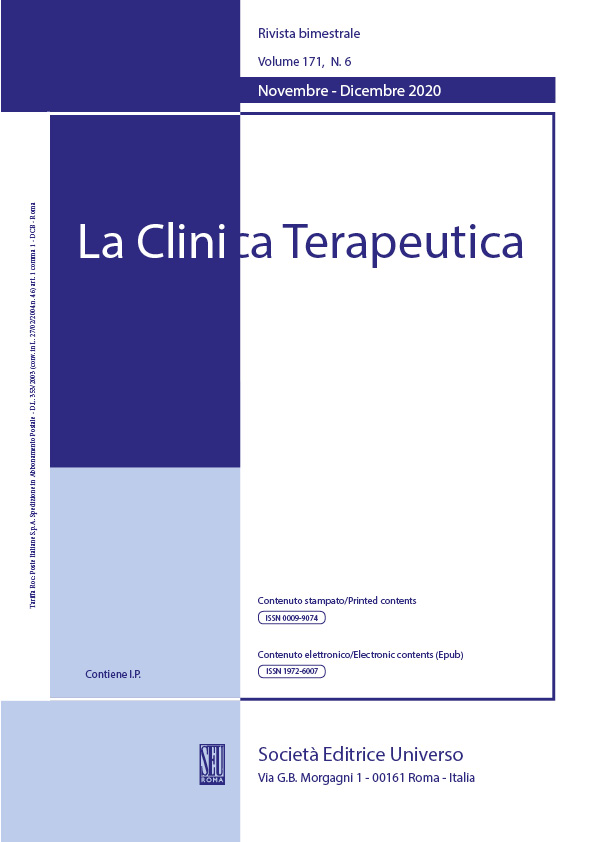Abstract
Objectives: Distal radius fractures represent one of the most frequent injuries in children. The treatment of choice is a closed reduction followed by immobilisation in plaster cast; the immediate recourse to osteosynthesis with Kirschner wires is only reserved for certain cases. The displacement rate reported in the literature is 21-39%. The aim of this study is to retrospectively evaluate the risk factors for a secondary displacement of metaphyseal radius fractures in a paediatric population treated in three different centres.
Materials and Methods: The initial treatment for all 360 patients examined was a closed reduction under general anaesthesia and immobilisation in an above elbow cast. The pre-operative displacement, residual post-reduction displacement and possible displacement at 7 and 14 days of follow-up were all assessed clinically and radiographically.
Results: a loss of reduction was reported in 102 cases; 51 underwent an additional reduction procedure - some followed by osteosynthesis - while in the remaining 51 cases, the loss of reduction was acceptable in relation to the expectation of remodelling. The most statistically significant variable for the occurrence of a secondary displacement is a severe primary displacement. The association with the ulna fracture is not significantly correlated. The quality of the plaster cast is important for maintaining the reduction. There are a few things to consider as indicators for a second procedure: age, time elapsed from moment of fracture, fracture site and the absence of an acceptable reduction.
Conclusions: In our experience, a reduction followed by osteosynthesis with Kirschner wires should be considered the treatment of choice in fractures with a high risk of secondary displacement, namely those with severe initial displacement or unsatisfactory reduction.
